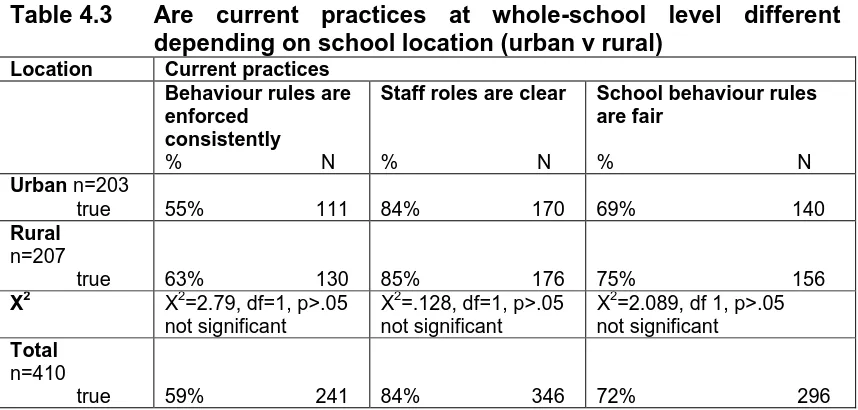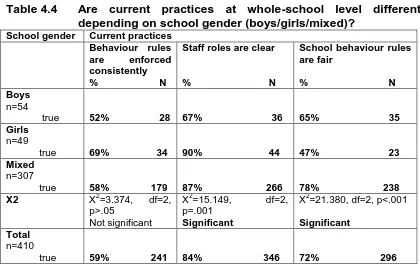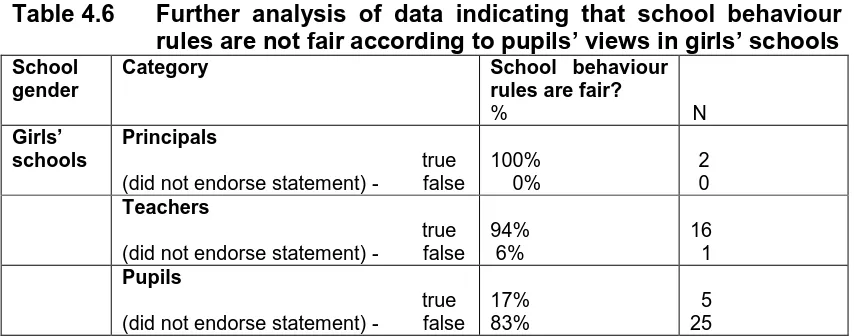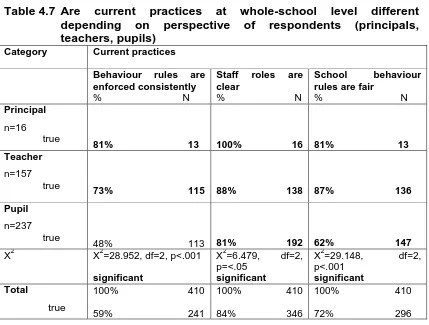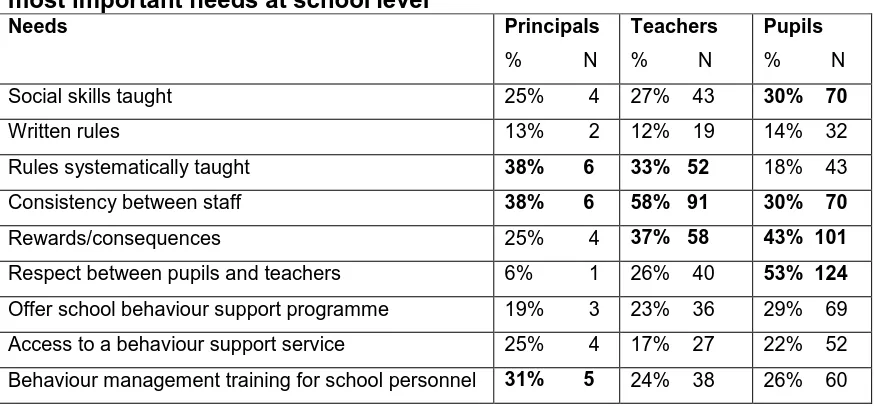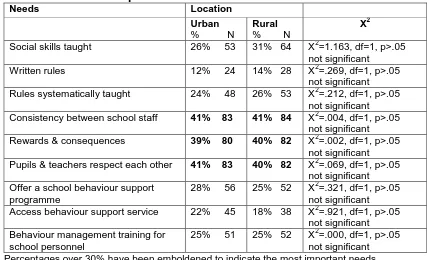Current Practices and Needs in Primary Schools in Ireland and an Exploration of whether there is need for a Whole School Positive Behaviour Support Programme
Full text
Figure
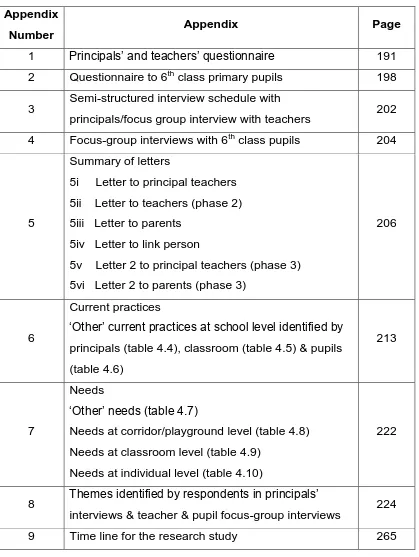
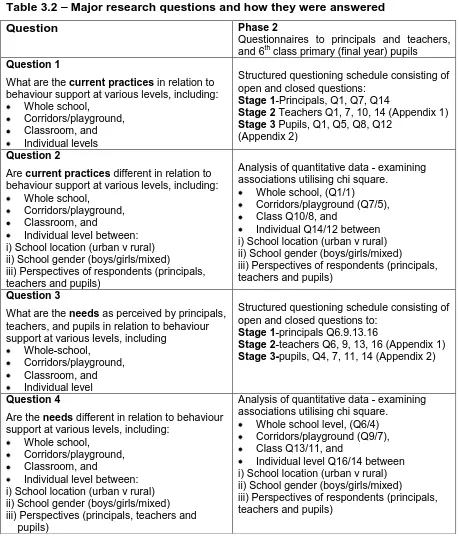
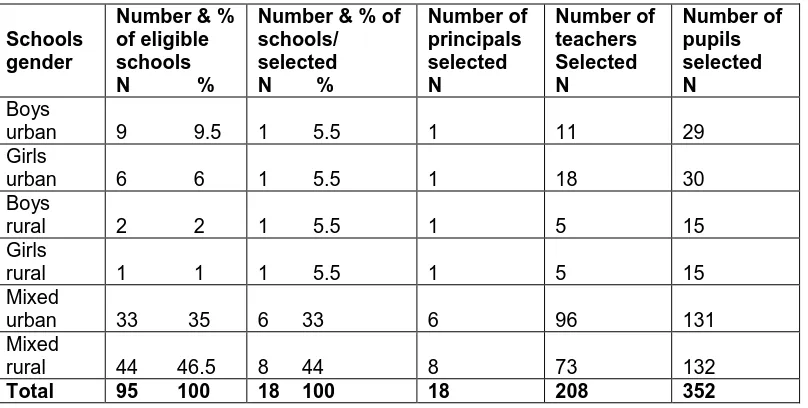
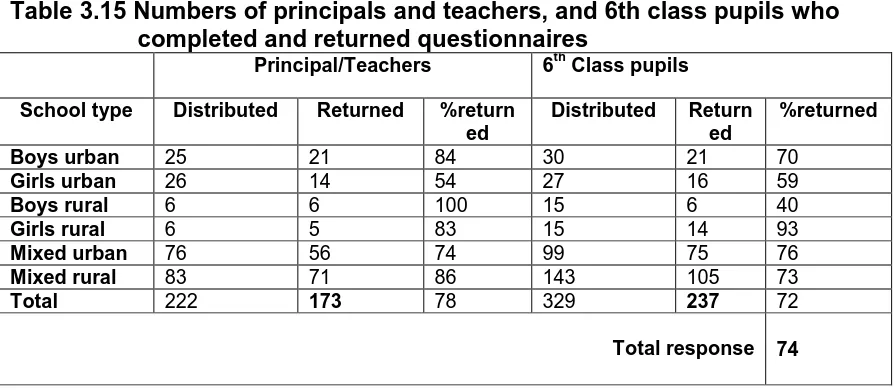
Outline
Related documents
Walker 256 carcinoma cell inoculation for 14 consecutive days. As shown in Fig. Similarly, CIITA and MHC II RT1B expression levels were also inhibited by.. 6A, E, F), and
The results of the present study showed that there was a significant correlation between the daily spiritual experiences and 4 subscales of general health, in a way that
In a study conducted by Ebrahimzadeh, it was indicated that there was a statistically significant difference between socio- economic factors and fertility rate among
The binding of the sperm to hyaluronic acid (HA) correlates with the followings: maturity of cell, lower degree of chromosomal an- euploidy, decrease of DNA fragmentation,
При дослідженні вмісту калію в органах і тканинах щурів, отруєних цезієм хлоридом за дії «Аспаркаму», вміст калію збільшується в серці на 12,8%, печінці – на 9,4%, нирках –
Network analysis and scientific methodology consti - tute the evaluation and recognition of practical relations among the study issues and their structures. These nodes
In the present study, the recall rate of screening was 9.4%, slightly above the 7% recall rate that is most com- monly recommended in population-based programs as the upper
Also, both diabetic groups there were a positive immunoreactivity of the photoreceptor inner segment, and this was also seen among control ani- mals treated with a
